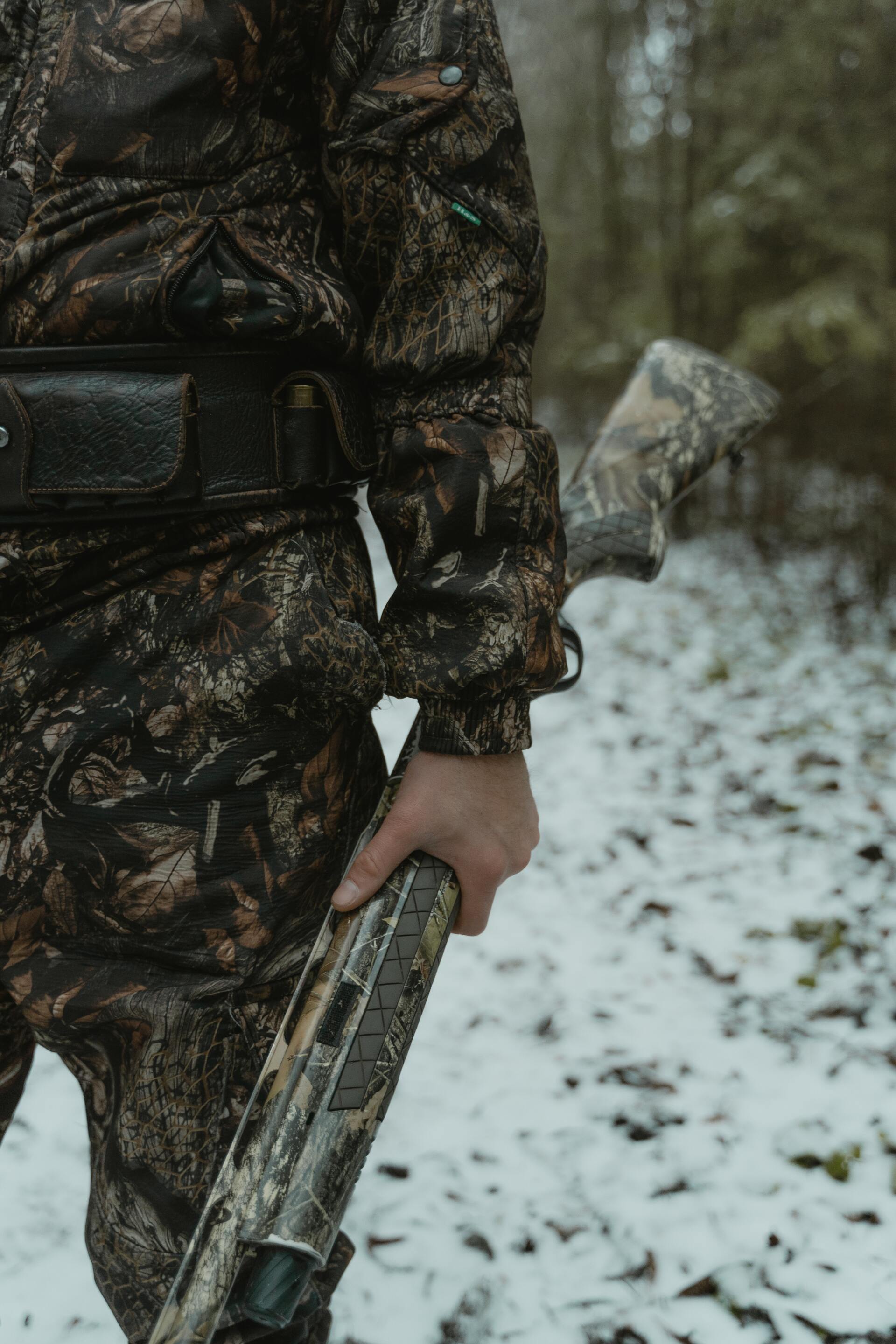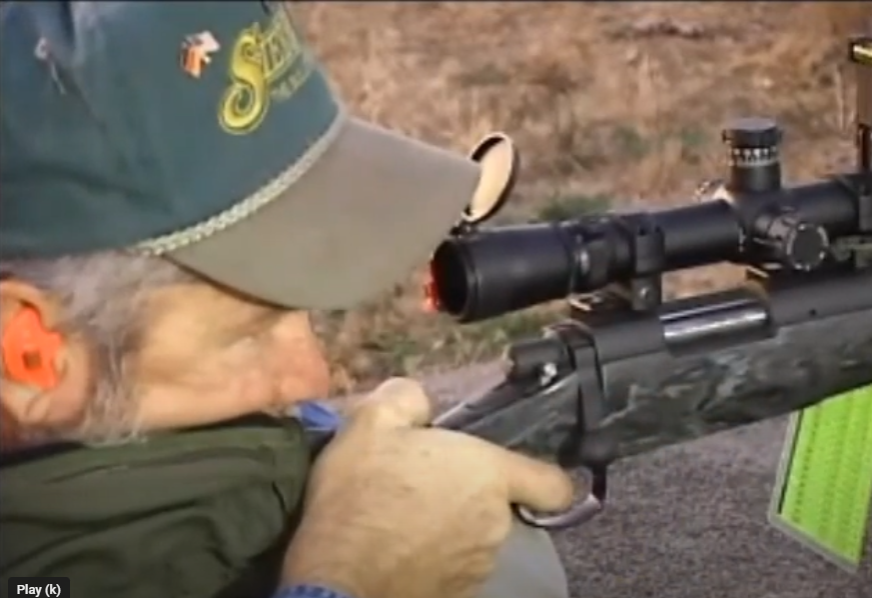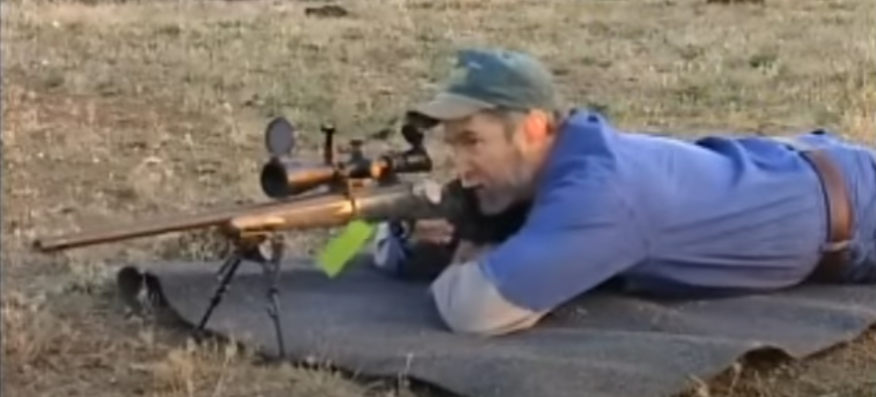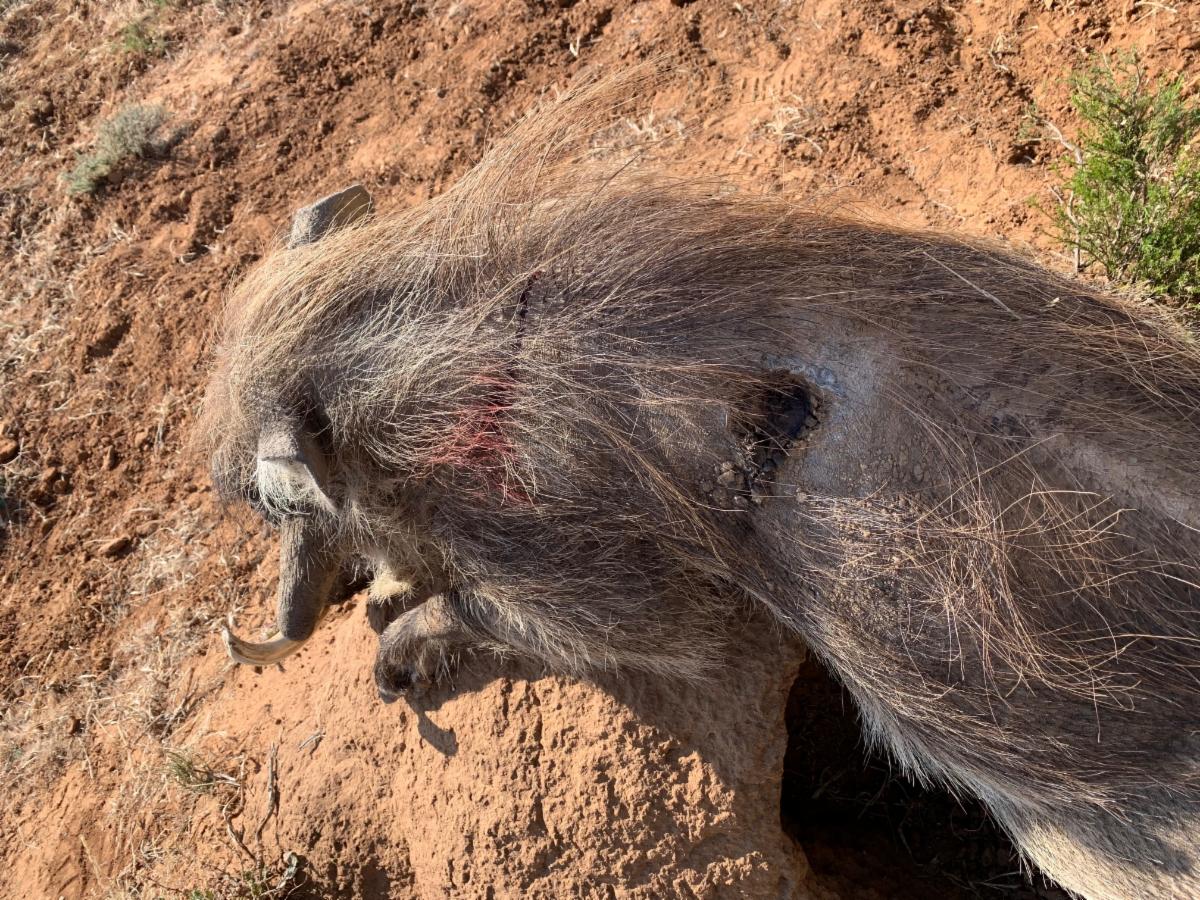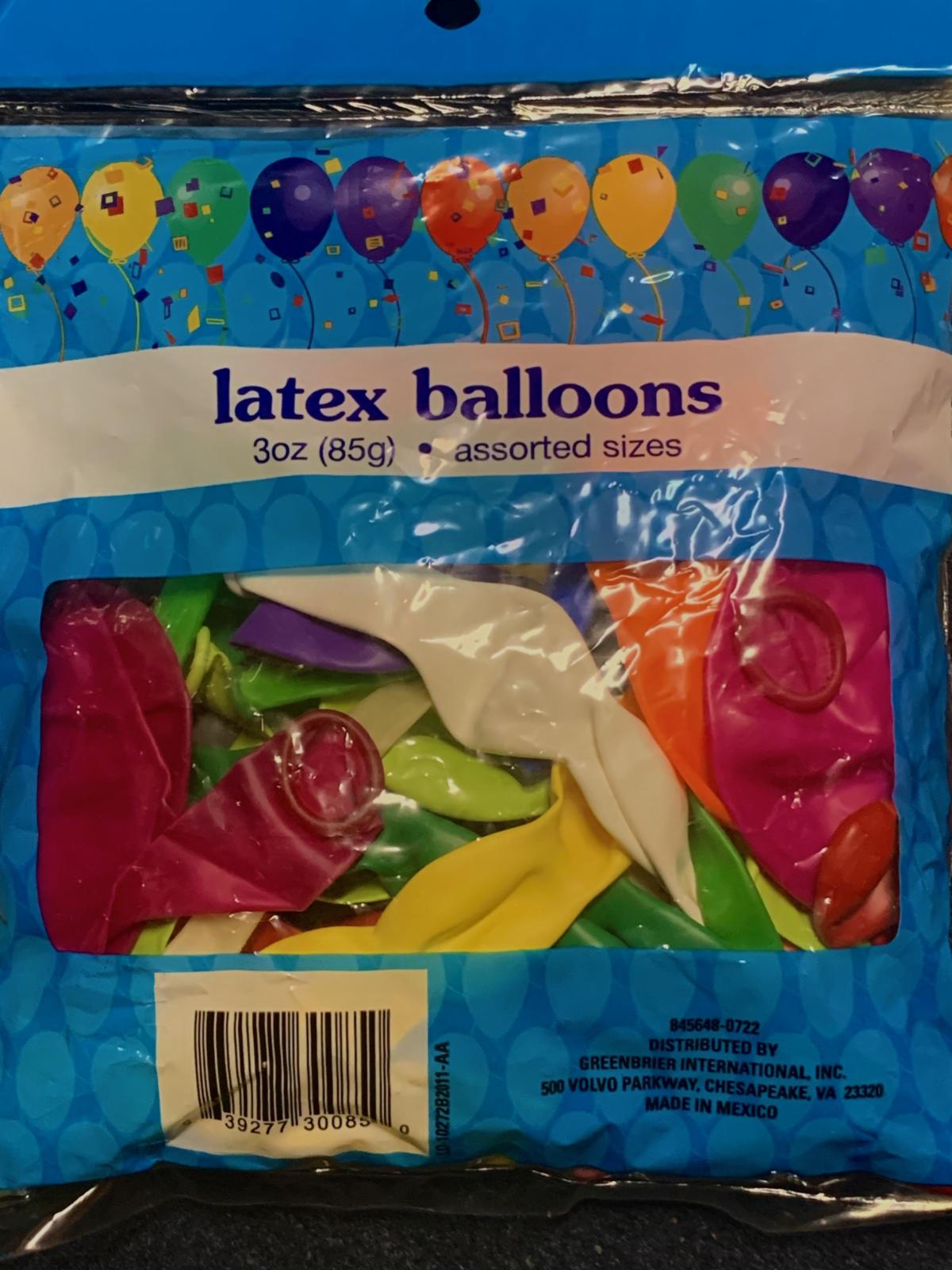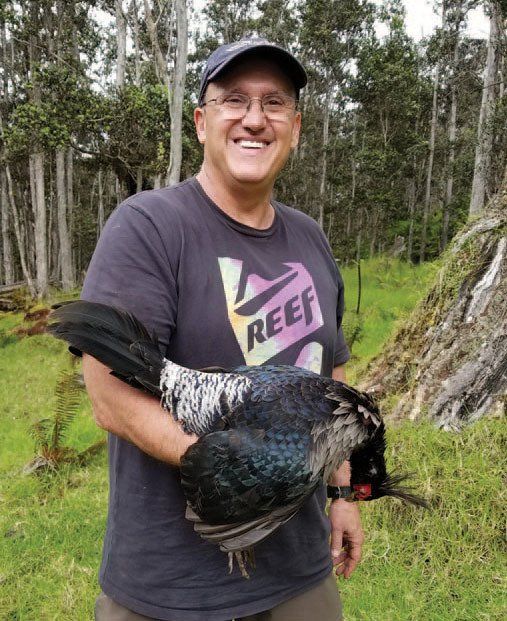Are you cleaning your gun too often? The answer may be YES. For years at the shooting school, we’d take a break and clean rifles every 20-30 rounds. It gave the shooters a break from the noise and allowed them to chill out a bit. Nothing calms the nerves like 60-80 strokes on a cleaning rod.
I then had a conversation with a good friend (an up-and-coming Hi-Power shooter) about his shot strings and how often he cleans his rifles. Hmmm, If he can run a 60-shot string and still keep shots in the X-ring at 1000 yards, I was cleaning too often. Now, before you change your cleaning regimen there are a few things to consider.
BARREL QUALITY
Yep, not all barrels are alike! If you are shooting a custom barrel you may get by with longer shot strings between cleanings. FACTORY BARRELS are another story. In the mad rush to produce cheaper guns for the proletariat, factories seldom care much about barrel quality, reamer marks etc. I’ve bore scoped a lot of factory barrels over the years and many look like they are threaded on the inside. Keep in mind that factory accuracy specs are often MINUTE of DEER. Barrels with poorly reamed finishes will often foul quite heavily depending on the bullets and powder used. Custom match barrels typically have a much smoother (lapped finish) and rarely foul to the extreme. There are exceptions, however.
Determining your Cleaning Interval
This is a simple test to determine the number of shots before cleaning. Start with a clean barrel and fire 3 or 5 shot groups, (heavy barrels, 5-shot groups, pencil-weight barrels 3-shot groups) let the barrel cool, and continue with this 3 or 5 shot routine until group size enlarges to the point you are no longer satisfied with the accuracy. Back off 5 shots and that is the NUMBER OF SHOTS you can fire before a cleaning. Now if the enemy is coming through the wire, I’d suggest refraining from taking a break to clean the rifle. There will be plenty of time to clean your rifle once you’ve made it back to the fort.
The number of shots will vary from rifle to rifle due to bullet metallurgy, the powder used, the volume of powder (carbon fouling can be worse than copper fouling), and last but not least barrel quality. In most of my custom rifles I’ll clean them after 60-80 rounds, depending on the shooting drill I’m engaged in.
While many folks frown on the use of abrasive cleaners, I’m a firm believer, and here’s why. Barrels don’t last forever. Depending on the caliber, match-grade accuracy will last for 2000-3500 rounds in moderate cartridges. Burning 100 grains of powder down a 6.5mm barrel figure 400-600 rounds, IF, you don’t get it hot enough to brand cattle and continue to keep shooting.
Barrel erosion creates a dry lakebed effect in the throat of the barrel that disrupts the bullet jacket and can cause accuracy issues. An abrasive material will smooth this finish and allow longer barrel life in many cases. Can you screw up a barrel using an abrasive material? Absolutely! COMMON SENSE is the keyword here. I’ll use our Witches Brew solvent every 100-150 rounds and maybe 5-10 stokes. This removes the stubborn carbon and copper from the barrel, and keeps the throat in good shape for the life of the barrel. When using abrasive cleaners the patches will come out BLACK. This does not mean the barrel is dirty and you should keep scrubbing. They will come out BLACK until Oregon gets a Republican Governor, so stop the madness.
A little fouling (copper/carbon) should remain in the barrel. Many folks want to take the barrel back to raw steel with every cleaning and this is not necessary, nor a good idea. MOST, if not ALL, barrels require a fouling shot or several before settling down to precise point-of-aim, point-of-impact performance. As long as fouling is not affecting accuracy, why are we worried? After a hunt in the rain, snow, or high-humidity, CLEAN the barrel, especially carbon steel barrels. Carbon fouling is like a sponge and absorbs moisture that will rust and pit your barrel. Stainless barrels are a different story. Storing your guns with clean barrels is recommended.
So, in the life of the barrel, (2000-4000 rounds) you’ll use an abrasive cleaner 20-35 times or 100-175 strokes over the life of the barrel. Always flush your barrel after cleaning with ammonia-based solvents or abrasives. Isopropyl alcohol works great and is affordable. A lube patch followed by 3-4 dry patches completes the cleaning and you are ready to head back to the firing line.
ALWAYS INSPECT THE BORE AFTER CLEANING FOR PATCH FIBERS, BRUSH BRISTLES, OR ANY OBSTRUCTION THAT COULD HARM THE BARREL OR SHOOTER.

